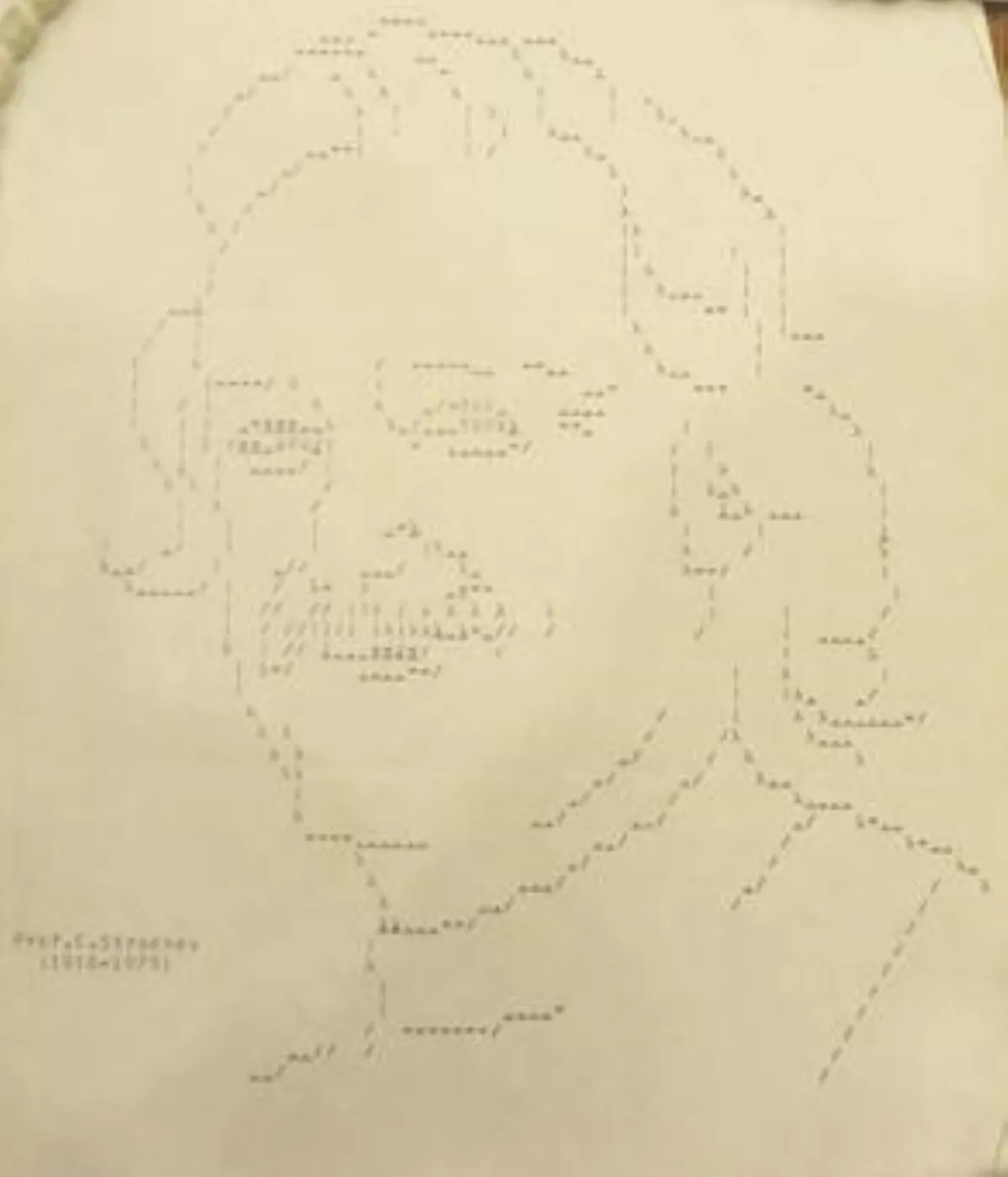 1.
1. Christopher S Strachey was a British computer scientist.

 1.
1. Christopher S Strachey was a British computer scientist.
Christopher Strachey was one of the founders of denotational semantics, and a pioneer in programming language design and computer time-sharing.
Christopher Strachey has been credited as possibly being the first developer of a video game and for coining terms such as polymorphism and referential transparency that are still widely used by developers today.
Christopher Strachey was a member of the Strachey family, prominent in government, arts, administration, and academia.
Christopher Strachey was born on 16 November 1916 to Oliver Strachey and Rachel Costelloe in Hampstead, England.
Oliver Strachey was the son of Richard Strachey and the great-grandson of Sir Henry Strachey, 1st Baronet.
At 13, Christopher Strachey went to Gresham's School, Holt where he showed signs of brilliance but in general performed poorly.
Christopher Strachey was admitted to King's College, Cambridge in 1935 where he continued to neglect his studies.
Christopher Strachey returned to Cambridge but managed only a "lower second" in the Natural Sciences Tripos.
Unable to continue his education, Christopher Strachey joined Standard Telephones and Cables as a research physicist.
An application for a research degree at the University of Cambridge was rejected and Christopher Strachey continued to work at STC throughout the Second World War.
When Christopher Strachey heard about the Manchester Mark 1, which had a much bigger memory, he asked his former fellow-student Alan Turing for the manual and transcribed his program into the operation codes of that machine by around October 1951.
In May 1952, Christopher Strachey gave a two-part talk on "the study of control in animals and machines" for the BBC Home Service's Science Survey programme.
Christopher Strachey worked for the National Research Development Corporation from 1952 to 1959.
Christopher Strachey worked on the analysis of vibration in aircraft, working briefly with Roger Penrose.
In 1959, Christopher Strachey left NRDC to become a computer consultant working for NRDC, EMI, Ferranti, and other organisations on several wide-ranging projects.
In 1965, Christopher Strachey accepted a position at the University of Oxford as the first director of the Programming Research Group and later the university's first professor of computer science and fellow of Wolfson College, Oxford.
Christopher Strachey was elected as a distinguished fellow of the British Computer Society in 1971 for his pioneering work in computer science.
In 1973, Christopher Strachey began to write an essay submitted to the Adams Prize competition, after which they continued work to revising it into book form.
Christopher Strachey can be seen and heard in the recorded Lighthill debate on AI.
Christopher Strachey's influential set of lecture notes Fundamental Concepts in Programming Languages formalised the distinction between L- and R- values.
Christopher Strachey coined the term currying, although he did not invent the underlying concept.
Christopher Strachey was instrumental in the design of the Ferranti Pegasus computer.
Christopher Strachey contracted an illness diagnosed as jaundice, which after a period of seeming recovery returned, and he died of infectious hepatitis on 18 May 1975.
In November 2016, a Strachey 100 event was held at Oxford University to celebrate the centenary of Strachey's birth, including a viewing at the Weston Library in Oxford of the Christopher Strachey archive held in the Bodleian Library collection.